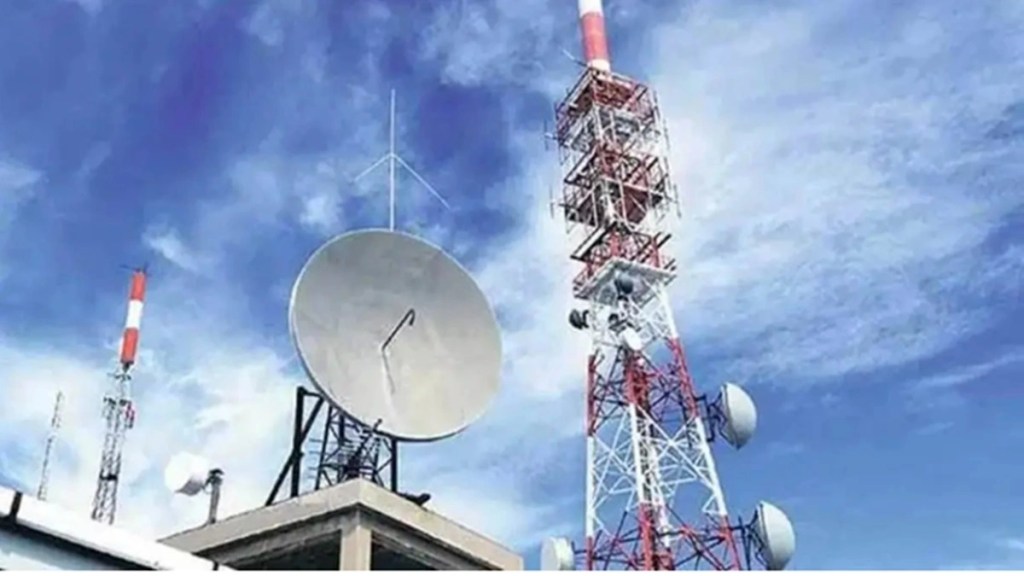At a time when telecom operators are demanding compensation from OTT communication apps like WhatsApp, Telegram etc, for using their network, the Internet and Mobile Association of India (IAMAI) said that such a proposal is an attempt to dilute net neutrality in India and exploit the internet businesses by formalising rent seeking.
According to the association, the model where the sending party network pays (SPNP) would also be a “death knell” for the digital economy and the creative ecosystem which it sustains.
IAMAI represents 450 companies, including multinational corporations and startups.
Net neutrality means open, equal internet for everyone, regardless of device, application or platform used and content consumed. According to representatives of OTT communication apps, if these apps have to pay a certain carriage fee or revenue to the telcos, it would increase their costs, which will be transferred to the consumers and may hinder access to free or affordable internet use for a mass audience.
“Given that India’s internet success has been hugely dependent on affordable access to data, instilling an SPNP mechanism would effectively raise costs for users, albeit indirectly, and have the same impact as raising the cost of data itself. A higher cost associated with internet usage would lower the overall revenues of internet businesses and may even reduce the amount of data consumer would use,” IAMAI said.
One of the key arguments from the OTTs is that the demand for telecom services and growth in data consumption is entirely dependent on the users’ engagement on the OTT platforms and they are not riding freely on the network of telcos.
Further, the proposal for revenue sharing between OTTs and telcos would disincentivise growth for OTT-based businesses and may even act as a barrier to entry of new startups, the association said, adding that this could also lead to content regulation.
According to the Cellular Operators Association of India (COAI), telcos only want a light-touch regulation for OTT communication apps, which broadly includes a financial model like compensation and compliance with law and security enforcement. COAI said that telcos create the network and they pay for it, ISPs (internet service providers) buy the bandwidth out of that network and provide services to the consumers who pay for the services, but OTTs ride on this network free of cost, give services to the consumers and get indirect profit.
In November, COAI had also written to the government to provide a legal framework and empower telcos to levy a usage charge on OTT players for using their network infrastructure.
The Department of Telecommunications (DoT) has sought recommendations from the Telecom Regulatory Authority of India (Trai) to set up a legal framework for OTT apps and the regulator is soon expected to come out with a consultation paper on that.


